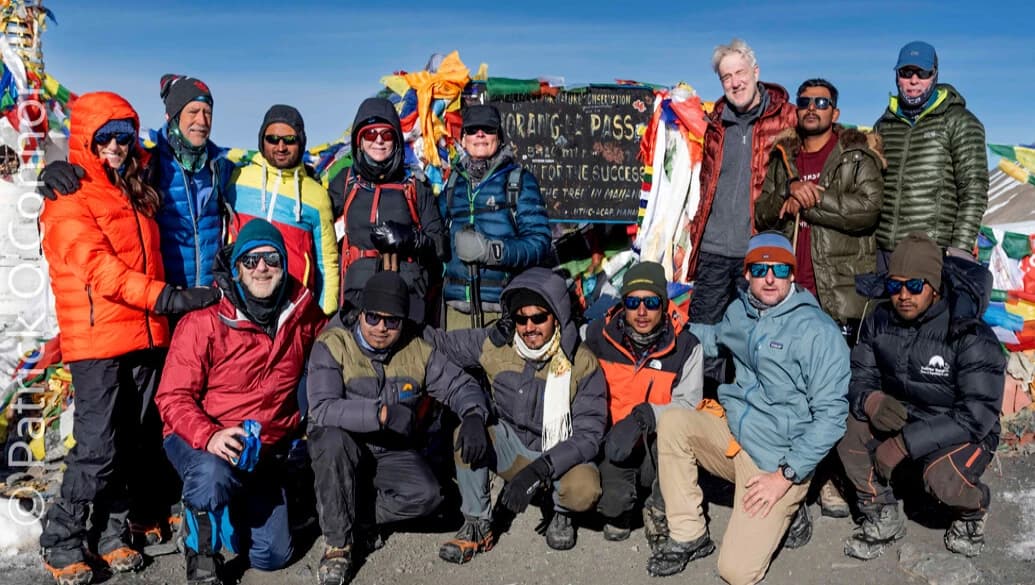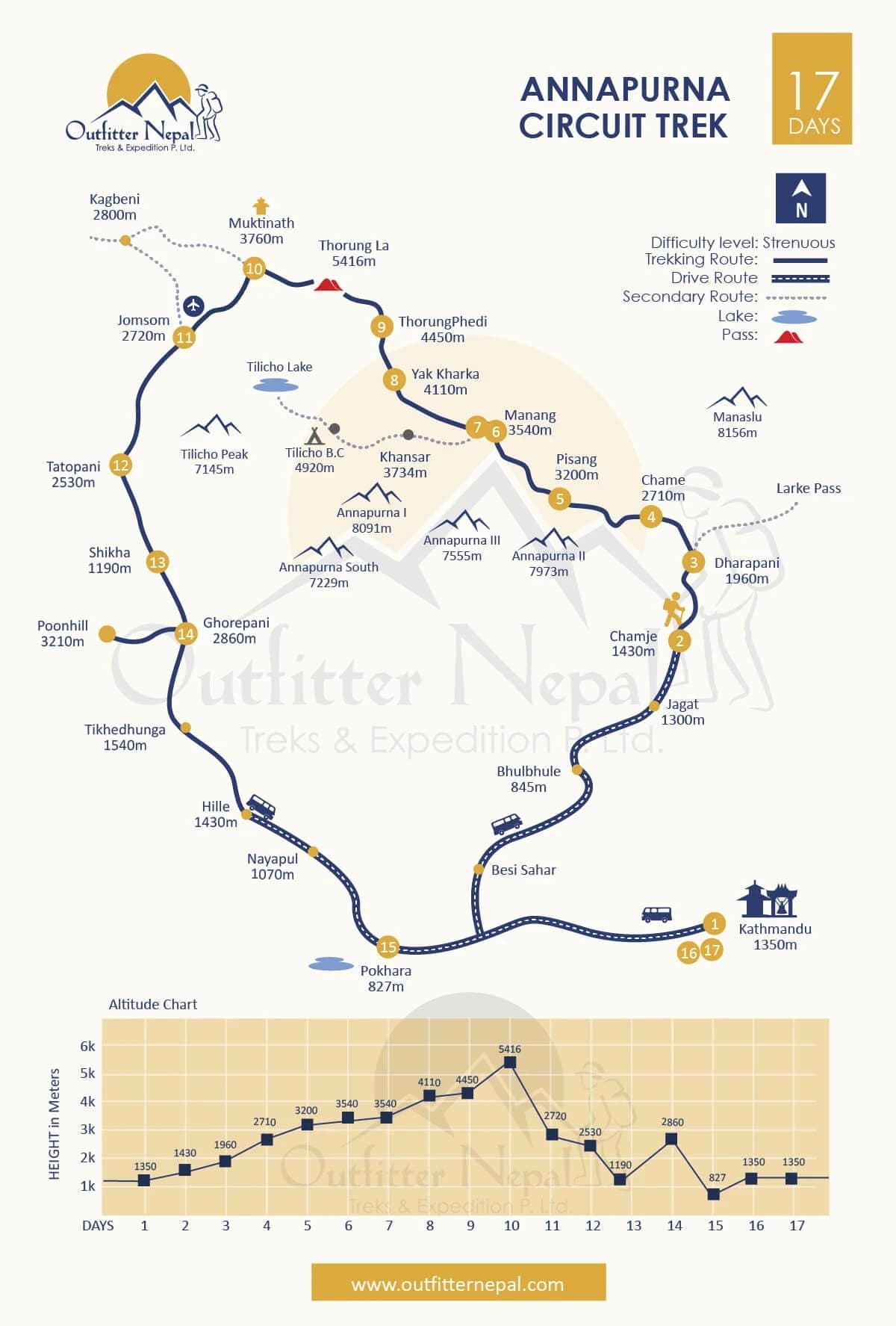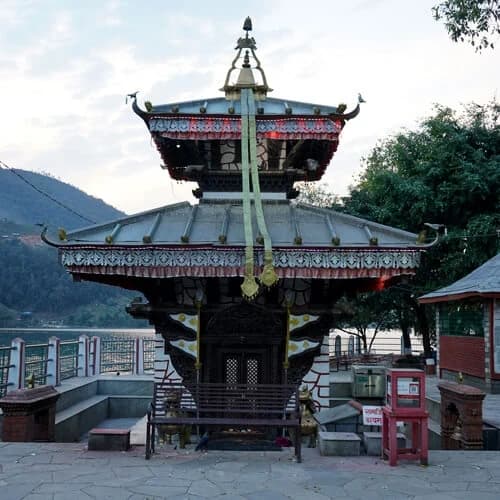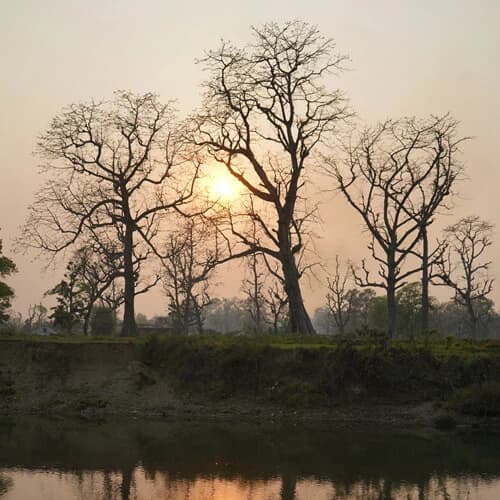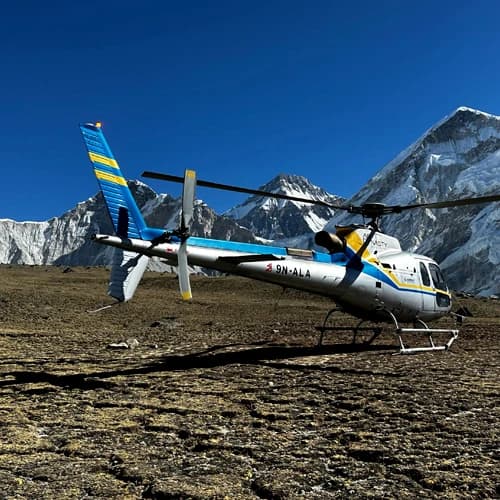Annapurna Circuit Trek Highlights
- Climb the spectacular Thorng La Pass at an elevation of 5,416m.
- Trek through beautiful woodlands, rhododendron forests, and farmlands.
- Learn about the culture and traditions of the indigenous people of the Annapurna region.
- Explore historical sites and temples in Kathmandu and Pokhara.
- Visit Muktinath Temple, which Buddhists and Hindu followers revere.
- Explore the largest monastery in Manang, which is in the beautiful town of Braga.
- Admire the breathtaking panorama of the magnificent Annapurna Himalayan mountain range.
- Witness majestic glaciers, series, lakes, deep gorges, and waterfalls.
- Stunning views of Mt. Annapurna, Nilgiri, Thorung Peak, Dhaulagiri, Tukuche Peak, and Lamjung Himal.
Comprehensive Annapurna Circuit Trek Route Overview and Distance
The legendary Annapurna Circuit Trekking is one of the best-known routes in the world. The classic trail encircles the entire Annapurna Massif and has been rated highly among trekking communities in Nepal and the world. The Annapurna Circuit Trek passes through the mesmerizing Marsyangdi River and rises to Thorang La Pass (5,416m). The trail then descends to the bank of the Kaigandaki River.
Moreover, apart from the serene landscapes, the region provides you the opportunity to experience the multiculturalism of Nepal. Along the trail, you can interact with the native communities of the areas, such as Gurungs, Thakali, and Manangi. During this exciting journey, you will pass through thrilling suspension bridges, adventurous mountain passes, and serene hamlets. Moreover, you will be accompanied by majestic mountain peaks like Mt. Annapurna, Mt. Machhapuchhre, Mt. Dhaulagiri, and others.
The total time to complete the Annapurna Circuit Trekking depends on your route, so it can take anywhere from 8 to 22 days and span a distance of 160 km to 230 km. Your journey begins from Bulble after a scenic 8-hour ride from Kathmandu. The trail ahead follows the Marsyandghi River Valley and passes through settlements like Dharapani, Jagat, Pisang, and Chame. Look at the map we provide for a comprehensive Annapurna Circuit Trek Route Map overview. Moving ahead, on the sixth day of the trek, you will arrive at Manang and spend a day acclimatizing to prepare for the crossing of Thorong La Pass. After the rest of the day, you will resume the hike and head towards Yak Kharka and Thorong Phedi. Eventually, You will go to Thorang La Pass, which connects Manang, Muktinath temple, and Panipauwa village. Crossing the Thorong La Pass, you will finally arrive at Muktinath Temple, a sacred pilgrimage site. We will trek to Tatopani, a famous hot spring in the region. Religious followers from around the world believe that bathing in the spring water cures skin diseases.
The next day, we will leave Tatpani and hike through rhododendrons, magnolia, and birch forests to reach Ghorepani. The following day, you will hike to Poon Hill, a famous vantage point renowned for spectacular views of Annapurna, Dhaluagiri, Nilgiri, Hiuchuki, Tukuche Peak, Macchapuchre, and Gurja Himal. After spending quality time in Poonhill, we will hike to Berithanti and back to Pokhara, which concludes our trek. The next day, you will board a bus leaving for Kathmandu. The Annapurna Circuit trek is for enthusiasts who want to experience an adventurous journey in the majestic Himalayan region of Nepal. In this expedition, you can hike along the trail while enjoying the region's diverse geographical landscape, climate zones, culture, and natural beauty.
Best Time for the Annapurna Circuit Trekking
The Annapurna region is open to trekking in every season in Nepal. To enjoy the natural beauty in full bloom and mesmerizing views of the surrounding landscape, we recommend traveling during the Autumn and Spring seasons.
Spring Season (March, April, and May):
During this time of the year, most days are sunny with clear blue skies, making it the most sought-after season for trekking in the Annapurna region. The weather conditions are good, with little rain and snowfall. Moreover, lush vegetation will cover the landscape, charming the trail. The temperature in the season of Sring reaches up to 22–23 degrees Celsius during the day and falls below 0 degrees Celsius in high altitude regions like Thoran La Pass at night.
Autumn season (September, October, and November):
The autumn season in Nepal starts in September and ends in November. Autumn is also known as the festive season, so you can experience different festivals and celebrations. The temperature ranges around 18–20 degrees Celsius and below 0 degrees Celsius at night. On the other hand, the weather conditions are favorable for trekking and other outdoor activities such as cycling, paragliding, and bird watching.
Annapurna Circuit Trek Cost for 17 Days Itinerary
The Annapurna Circuit Trip Cost will generally depend on your total days and route. Factors like transport preferences, accommodation, porters, and other services will also contribute to the total amount. Outfitter Nepal offers a 17 days Annapurna Circuit Trek Cost starting from USD 1075. The Annapurna circuit trekking cost always depend on the group size, if there is one person, cost is 1250 USD, 2 to 4 people cost is 1125 USD, and 5 to 10 people cost is 1075 USD, and if you have your own group more then 10 people, than kindly contact us, we do have spacial offer for big group.
Is Annapurna Circuit Trek Right for You?
Our Annapurna Circuit Trip package is a long-distance expedition that involves 17 days of hiking and exploring the mystical land of the Annapurna region. During the trip, you will spend nights at altitudes over 5000 meters, resting for a few days to acclimatize to the effects of the atmospheric changes and high altitude. Also, remember that due to the nature of the trip, you might experience unexpected weather changes during the trek. If such circumstances occur, your group leader will arrange to continue, halt, or stop the expedition. Further, read our gear and packing list for the trek, and remember to bring along what's necessary.
Annapurna Circuit Trek Difficulty
The Annapurna Circuit Trek difficulty level is graded as challenging. The trek's extreme elevation significantly contributes to its difficulty. Thorong La is the highest altitude pass in the area, located at an astounding altitude of 5,416m; further, the pass will be closed most of the year due to the extreme cold and heavy snowfall. During the trekking, you will be hiking under challenging terrains, which are frequently steep and rocky, contributing to the complicated nature of the trek. In general, you will walk for 5-6 hours on most days of the trek and ascend to the higher elevation area of the region. The trek will consist of rest days, allowing your body to acclimate to the increasing elevation. The Annapurna Circuit Trek is a challenging journey involving long hikes, steep ascents, and descents in the remote parts of the Annapurna region.
